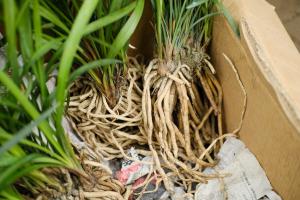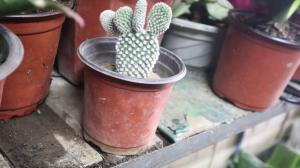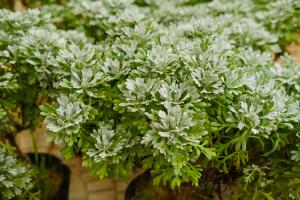1、 Curing method
1. Temperature: it has strong adaptability. Generally speaking, it is very suitable at 15 to 35 degrees. However, its cold resistance is not particularly good. Below zero, it freezes. In winter, try to keep it above five degrees
2. Light: for aloe vera, it needs enough light to grow. Therefore, try not to put it in a dark place during the growth period. However, when it is just planted, it is best to put it in a semi shady place to adapt to the environment. After about ten days, you can receive normal light
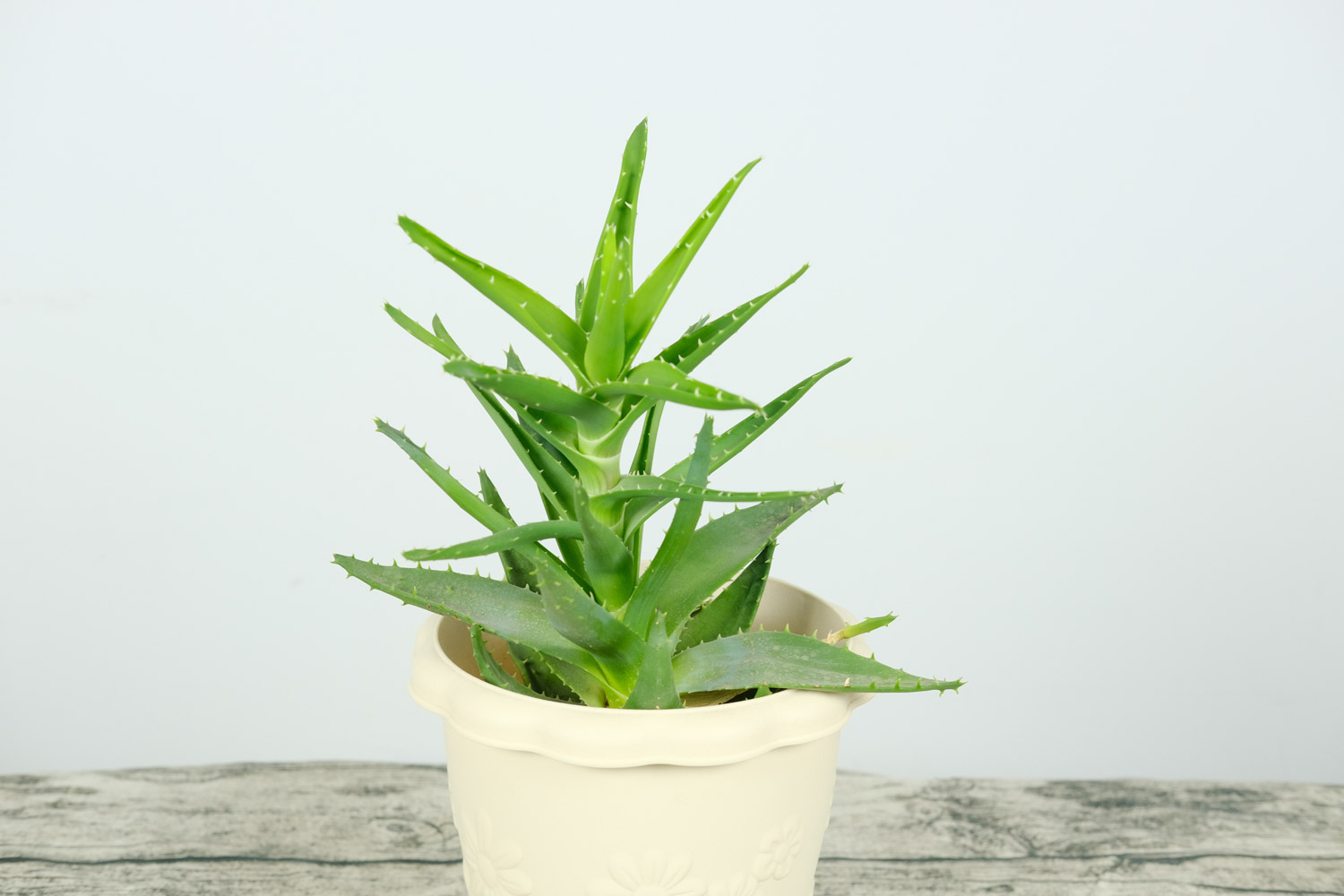
3. Watering: it also needs more water, especially when it grows fast, try to keep the substrate in a semi wet state. However, in rainy and humid times, it is still necessary to drain the waterlogging in time, otherwise its leaves are easy to shrink and its roots are easy to rot
4. Fertilization: proper amount of fertilizer will help the growth of leafy aloe. Compound fertilizer is mainly used, and attention should also be paid to some trace elements
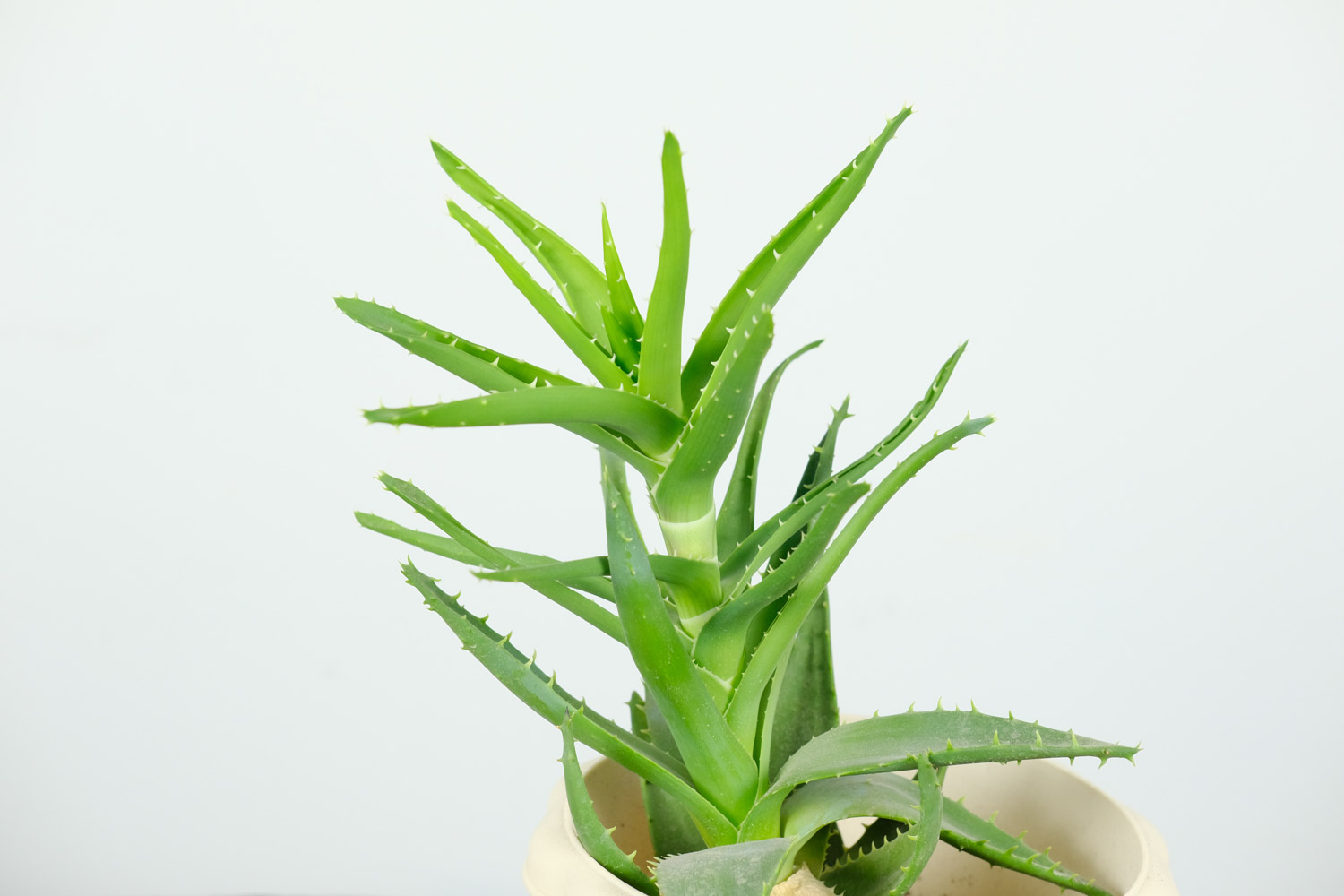
2、 Breeding skills
1. Propagation: cutting can be used, and the material used is its leaves. Robust and complete blades are selected as the materials used. It can be directly cutted into the soil. Then there is the matrix, preferably sandy soil. The depth of insertion should not be too shallow, otherwise breeding is not easy to succeed. Insert it in a cool place, and then put it in a cool place. Don't be too high, or the wound will rot easily
2. Pruning: the number of leaves of multi leaf aloe is very large, so sometimes there will be some dense, messy or yellowish leaves, which can be cut off directly
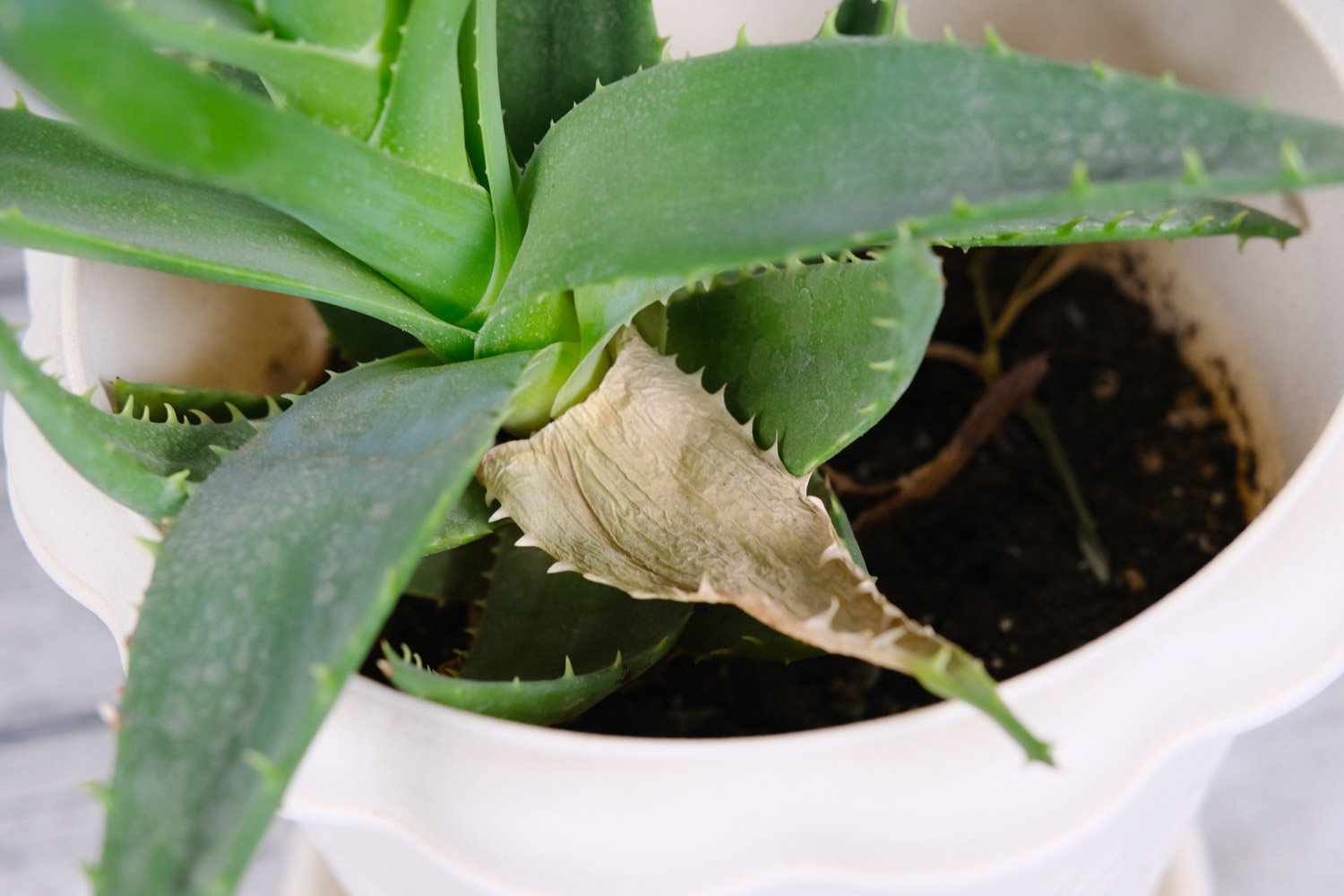
3、 Diagnosis and treatment problems
1. Diseases: there are many kinds of common diseases, such as "brown spot", "white silk disease", etc. For these diseases, it is best to focus on prevention, spray drugs regularly before occurrence, or select varieties with strong disease resistance
2. Pests: not much relative to diseases. Occasionally, it can be prevented by spraying
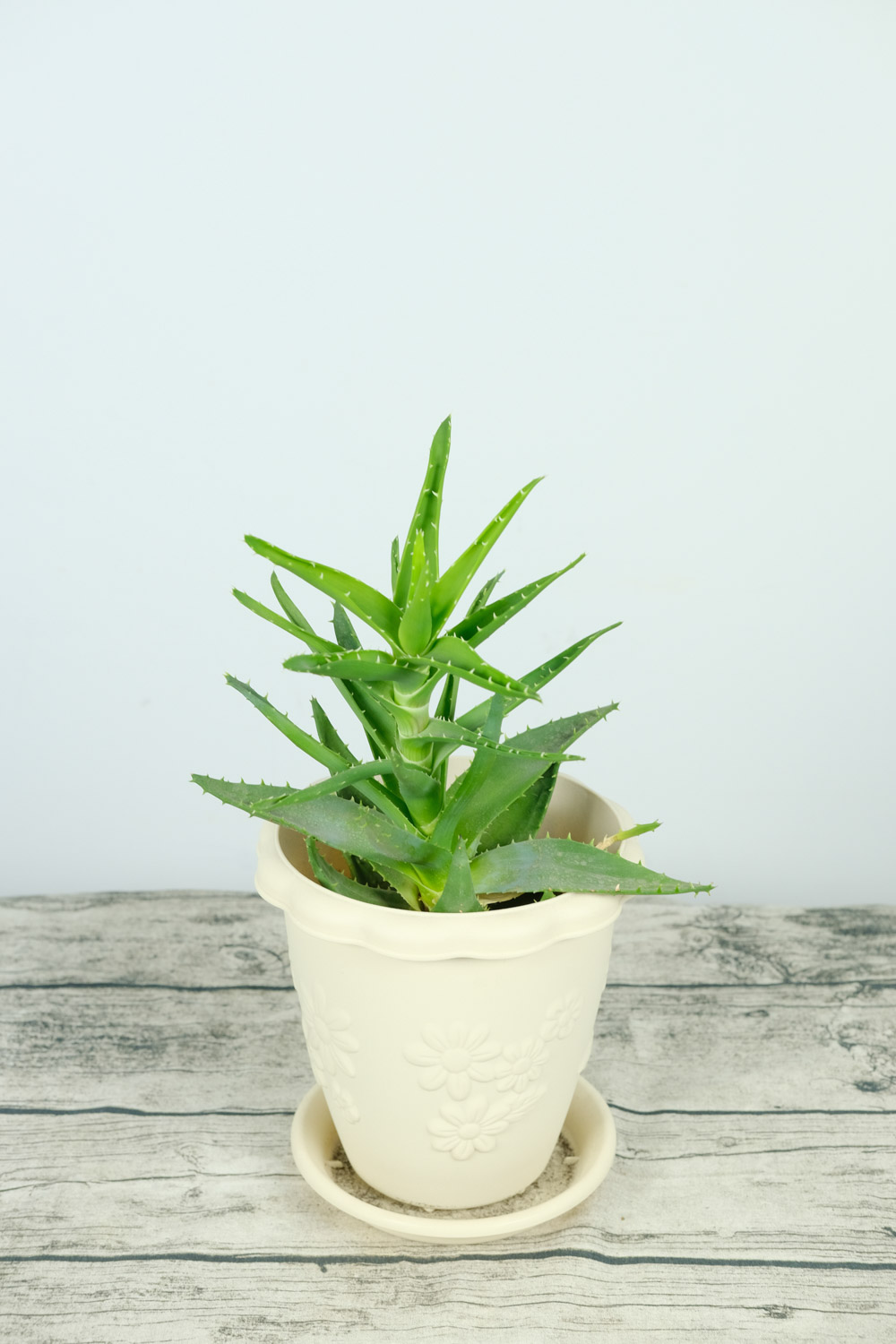
4、 Other issues
1. Toxicity: Aloe Vera is non-toxic, and its purification is very strong. It can absorb a variety of harmful gases
2. Whether it can be raised at home: it is more appropriate, because it is still a kind of foliage variety
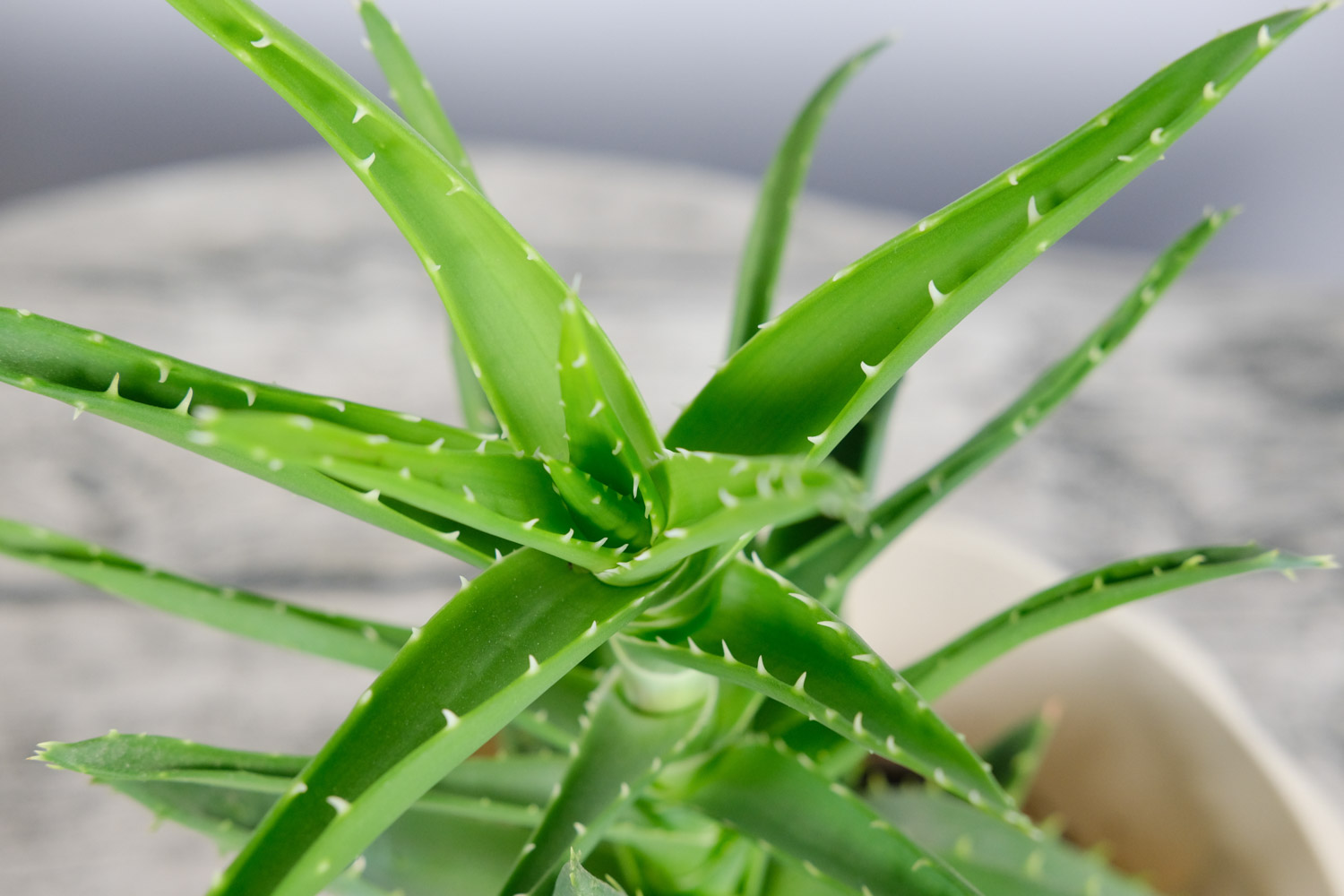

 jackfruit
jackfruit snake plant
snake plant hibiscus
hibiscus hydrangea
hydrangea lavender
lavender Green roses climb al...
Green roses climb al... If you don't pay att...
If you don't pay att... Management of four g...
Management of four g...
